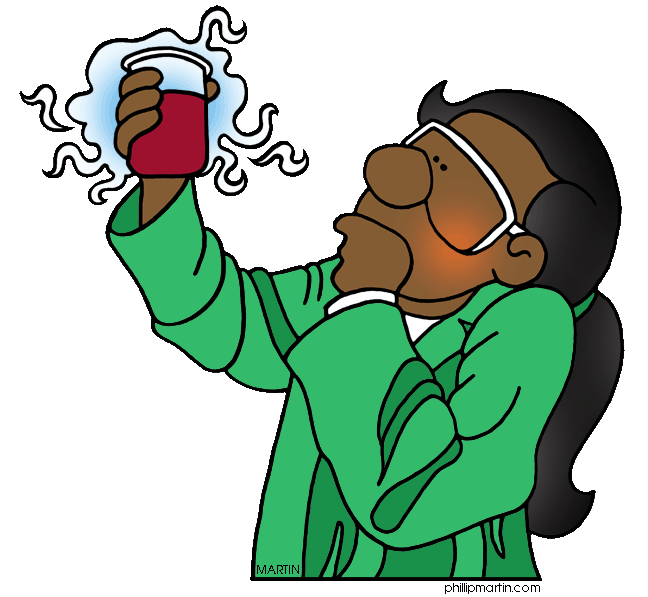Reactions involving Gases

Each gases known today is known at a room temperature and pressure, or rtp. (room temperature and pressure is the standard conditions for comparing gases, 25c and 1 atmosphere.
By adding moles to this calculations, 1 mole of every gas occupies the same temperature, pressure and volume at 24dm^3. This was also discovered by the scientist Avgroado, now known at the Avagrado's Law.

Example
A chlorine gas & oxygen gas may look different in appearance, but the diagram shows that these 2 have similar in volumes, same temperature and pressure.
From Avagrado's Law, these 2 jar are told to have the same number of molecules!




Concentration of a Solution

1 mole of solute per dm^3, being dissolved in solvent to form a solution, or known as the molar solution.
In the properties of a solution, concentration is important, which is the amount of solute (more concentrated then solvent) being dissolved in a given volume/weight of solution.
Concentration is known by a number of units, such as weight of solute per unit volume (of solution), amount in mole per unit volume, weight percentage, and mole percentage are some of the ways.
But the most convenion one known now is Molarity.

Finding the amount of solute in a solution
- You can work how much solute it contains, in moles.
Mole (amount) =
Concentration (mol/dm^3) x Volume (dm^3)



Finding Concentration
Concentration (mol/dm^3)
= Amount of solute (mol) /
Volume of solution dm^3)
